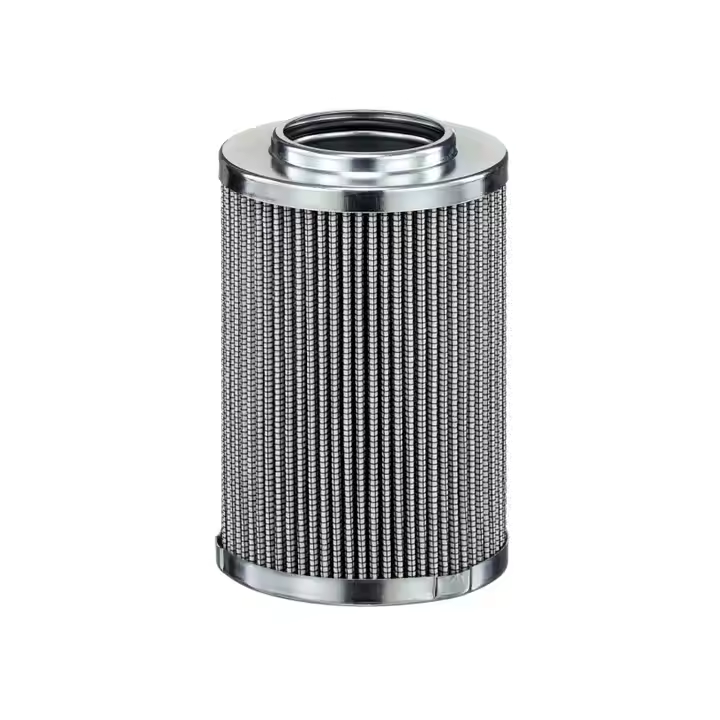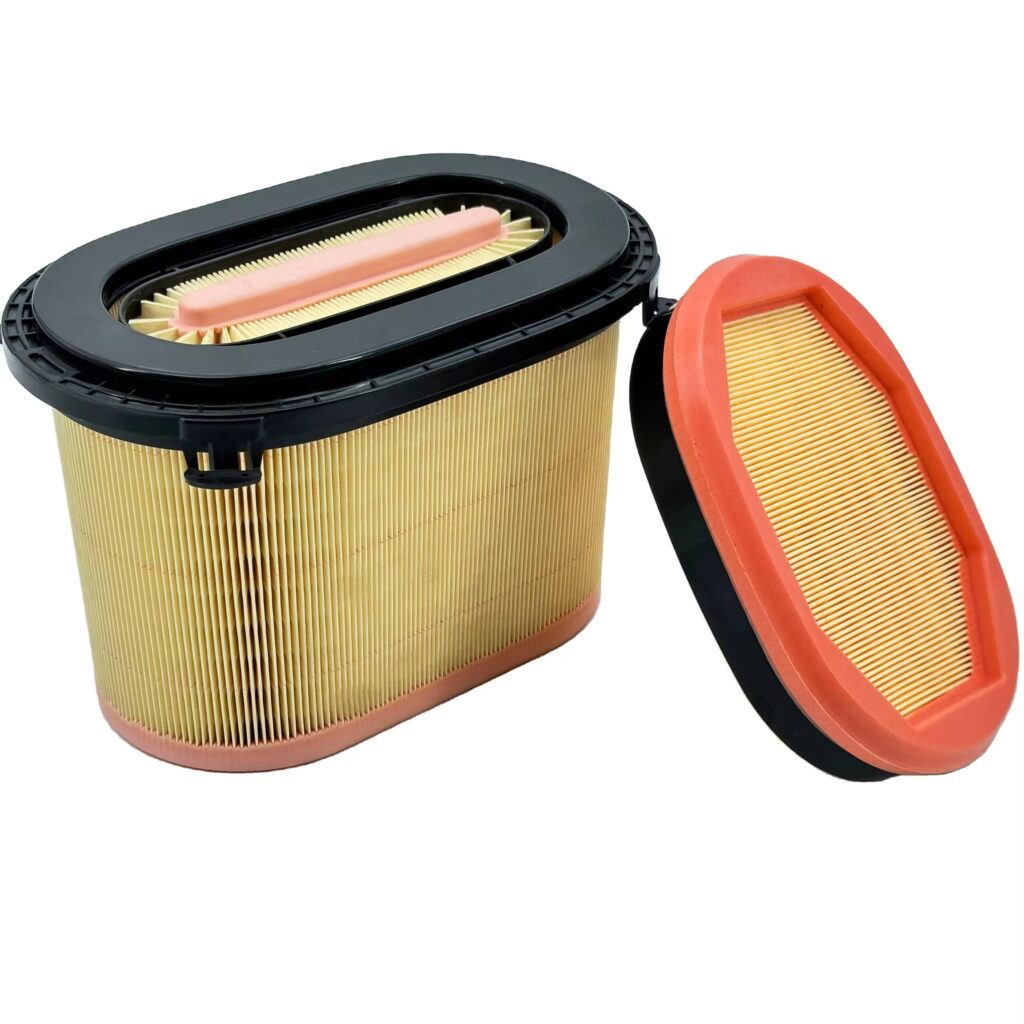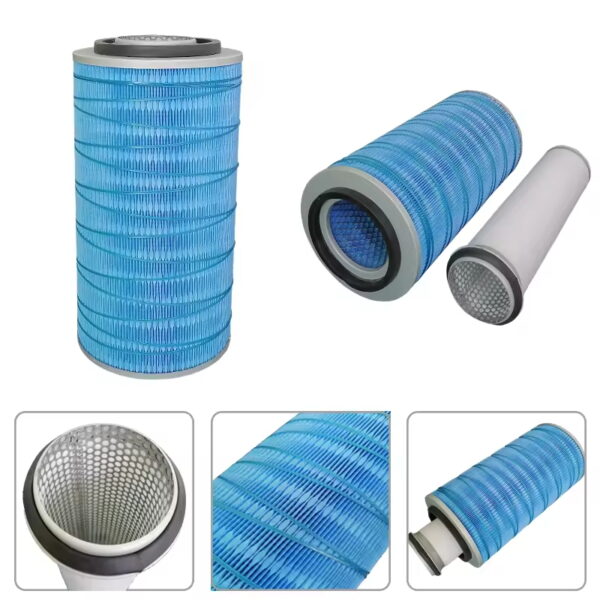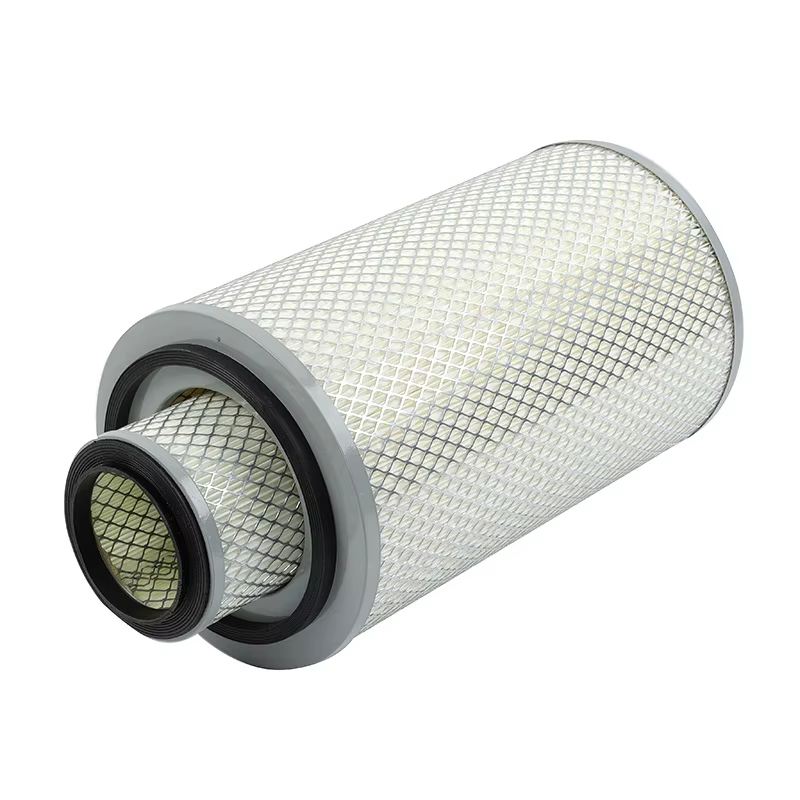Inside the steel behemoth truck body, the blood that sustains its life flows – fuel, oil and air. At the intersection of these three lifelines, there stands an unknown guardian: the truck filter. This seemingly simple component is actually a key link in the truck ecosystem. It is like the human immune system, always resisting the invasion of external pollution and ensuring the healthy beating of the truck’s heart.


- Filter: The immune barrier of the truck ecosystem
The filter system of modern trucks is a precisely designed defense network, mainly composed of a fuel filter, an oil filter and an air filter to form a triple protection system. The fuel filter is like a kidney, filtering out moisture and impurities in diesel; the oil filter is like a liver, removing metal debris and carbon deposits generated inside the engine; the air filter is like a lung, blocking road dust and particulate matter from entering the combustion chamber. High-quality filters can intercept 99.9% of particles larger than 5 microns, while the diameter of human hair is about 70 microns – these invisible microscopic battlefields determine the operating status of the truck’s macroscopic world.
In the Gobi Desert of Xinjiang, there is a fleet of heavy trucks transporting coal all year round. The fleet manager did some calculations: “After switching to high-performance composite filter materials, the engine overhaul cycle has been extended from 300,000 kilometers to 500,000 kilometers, and each vehicle has saved an average of 48,000 yuan in maintenance costs per year.” This case reveals an industry truth: the filter element is not a cost center, but an invisible hub for value creation.
- Technological evolution: from mechanical filtration to intelligent monitoring
Filter element technology is undergoing a paradigm shift from passive defense to active management. Traditional cellulose filter materials are gradually replaced by nanofiber composite materials. While the filtration accuracy is improved to the micron level, the flow resistance is reduced. Cummins’ latest “smart filter element” has a built-in sensor that can monitor the saturation of pollutants in real time and issue warnings through the on-board computer.
Behind this technological leap is a breakthrough in materials science. Graphene-modified filter paper extends its service life by 40% while maintaining high filtration efficiency. The application of 3D printing technology allows the internal flow channel design of the filter element to be optimized like a vascular network, greatly improving filtration efficiency. These innovations are rewriting the standard process of truck maintenance – from regular replacement to on-demand maintenance.


- The art of selection and maintenance
Faced with the dazzling array of filter products on the market, don’t be confused by appearance and price, but look at the unfolded area of the filter material and the sealing of the rubber ring. The internal folds of a high-quality oil filter can reach 1.5 square meters after unfolding, while inferior products are often less than 0.8 square meters. The maintenance rhythm also needs scientific planning. In the humid southern region, the replacement cycle of the fuel filter should be shortened by 20%; for vehicles that often drive on construction sites, the frequency of air filter inspection should be increased to once a week. FAW Jiefang’s intelligent maintenance system can now automatically adjust the filter replacement reminder according to the vehicle’s operating environment. This scenario-based service is reshaping the truck maintenance ecosystem.
- Green future and industrial transformation
This seemingly traditional industry is nurturing new formats. SF Express’s IoT fleet reversely optimized the national trunk transportation routes by analyzing filter blockage data. Shaanxi Heavy Duty Truck uses filter residue analysis to establish an engine health prediction model. These innovative practices show that filter elements have evolved from simple physical components to data nodes and value carriers. It is these inconspicuous filter elements that build a Great Wall in the microscopic world, protecting the safety and efficiency of every journey. In this sense, filter elements are not only mechanical components, but also a metaphor for the tenacious progress of industrial civilization.


